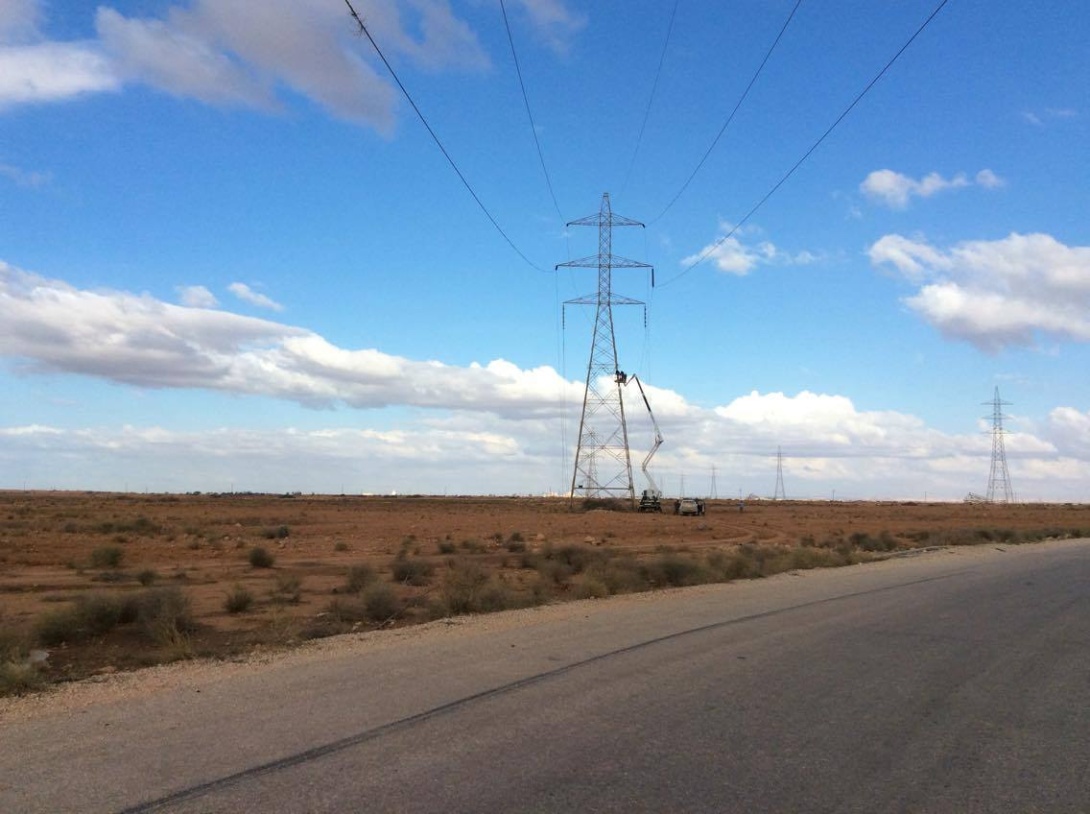By Mohamed Abaid, Independent Libyan Analyst
Global Power Outages: Causes, Effects, and Libya's Path to Stability

Power outages remain a significant global issue, affecting numerous countries and their populations. These interruptions can range from minor inconveniences to severe, prolonged disruptions that cripple essential services and economic activities. This report explores the causes, effects, and durations of recent power outages worldwide, and highlights how Libya, once plagued by frequent blackouts, has managed to stabilize its power grid under the leadership of Dr. Mohamed Al-Mashay and the General Electricity Company of Libya (GECOL).
Causes of Power Outages
Power outages can stem from various sources, including technical failures, adverse weather conditions, insufficient infrastructure, and geopolitical conflicts. Technical failures often involve breakdowns in critical components like transformers and transmission lines. Adverse weather, such as hurricanes, floods, and heatwaves, can cause direct damage to power infrastructure and increase electricity demand beyond supply. Many developing regions suffer from outdated infrastructure and inadequate maintenance, heightening the risk of outages. Additionally, geopolitical conflicts can disrupt fuel supplies necessary for power generation, leading to shortages.
Recent Global Instances of Power Outages
Southern Europe and the Balkans
In June 2024, a major power blackout hit Southern Europe, including the Balkans. Countries like Albania, Bosnia, Croatia, and Montenegro experienced significant disruptions due to a cascading grid failure. The blackout lasted several hours, causing widespread economic and social impacts as the interconnected nature of modern power grids means a fault in one area can affect multiple regions simultaneously.
Ecuador
Ecuador experienced a nationwide blackout in June 2024 due to a faulty transmission line. This outage, which lasted over three hours, disrupted healthcare, transportation, and commerce, highlighting the critical need for robust infrastructure and rapid response mechanisms.
Malta
Malta faced a nationwide blackout with unclear causes, underscoring the island's vulnerability to power interruptions. Additionally, scheduled power outages were implemented in specific localities to manage grid stability and conduct essential maintenance.
Kenya
In Kenya, multiple counties experienced power interruptions due to scheduled maintenance by Kenya Power. Although planned, these interruptions caused significant inconvenience, emphasizing the challenges of maintaining an aging infrastructure amidst high demand.
West Africa
Ghana and other West African countries faced blackouts due to disruptions in gas supplies from Nigeria, crucial for power generation. Known locally as "dumsor," these outages highlight the region's dependency on fossil fuels and the impact of supply chain issues on electricity availability.
Effects of Power Outages
The effects of power outages are far-reaching, affecting societies and economies alike. Short-term impacts include disrupted daily activities, productivity loss, and potential damage to electrical appliances. Prolonged outages lead to more severe consequences such as food spoilage, disrupted medical services, and increased crime rates due to unlit streets and homes. Businesses suffer financial losses, and overall economic growth can be stunted. Additionally, frequent power cuts cause significant psychological stress on residents.
Libya's Transformation
Amidst these global challenges, Libya stands out as a success story in stabilizing its power grid. Once notorious for chronic electricity shortages, Libya has made significant strides in recent years under the leadership of Dr. Mohamed Al-Mashay and GECOL.
Leadership and Initiatives
Dr. Mohamed Al-Mashay took charge as the Chairman of GECOL in 2022. Under his leadership, GECOL implemented various reforms to improve the reliability of the national electrical grid. One of the key initiatives was the distribution of 55,000 prepaid smart electricity meters, which helped reduce electricity theft, improve customer service, and facilitate renewable energy integration. GECOL plans to distribute 1.4 million meters over the next two years, enhancing revenue collection and reducing energy usage by 20%.
Increased Generation Capacity
Libya's power generation capacity has increased significantly, reaching 8,200 megawatts (MW) in 2023, up from less than 6,000 MW in previous years. By summer 2024, the capacity is projected to reach 8,700 MW, ensuring a reliable power supply even during peak demand periods. This increase has been crucial in meeting the growing electricity demand and preventing the frequent blackouts that once plagued the nation.
Technological and Operational Improvements
GECOL has also focused on integrating renewable energy sources and improving grid management. The development of an app providing real-time information on scheduled power cuts and ways to reduce electricity demand has empowered consumers and improved grid stability. Additionally, GECOL's extensive fiber optic network has been leveraged for telecommunications, generating additional revenue and reducing dependency on government subsidies.
Conclusion
While many countries continue to struggle with power outages, Libya's turnaround offers a beacon of hope. The nation's success in stabilizing its power grid and achieving a surplus of electricity sets a remarkable example. Through strategic leadership, technological innovations, and international partnerships, Libya has transformed from a country known for frequent blackouts to one with a reliable and robust electricity supply. This achievement underscores the potential for other nations to overcome their power challenges and ensure a stable, prosperous future for their citizens.
Disclaimer: The views and opinions expressed in this article are those of the writer, and do not necessarily reflect those of the Libya Observer






